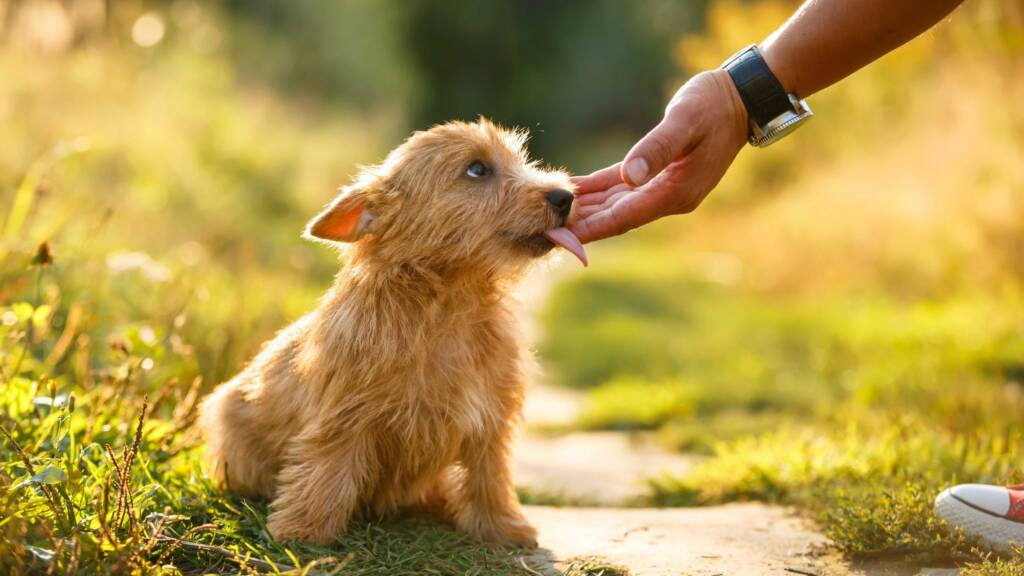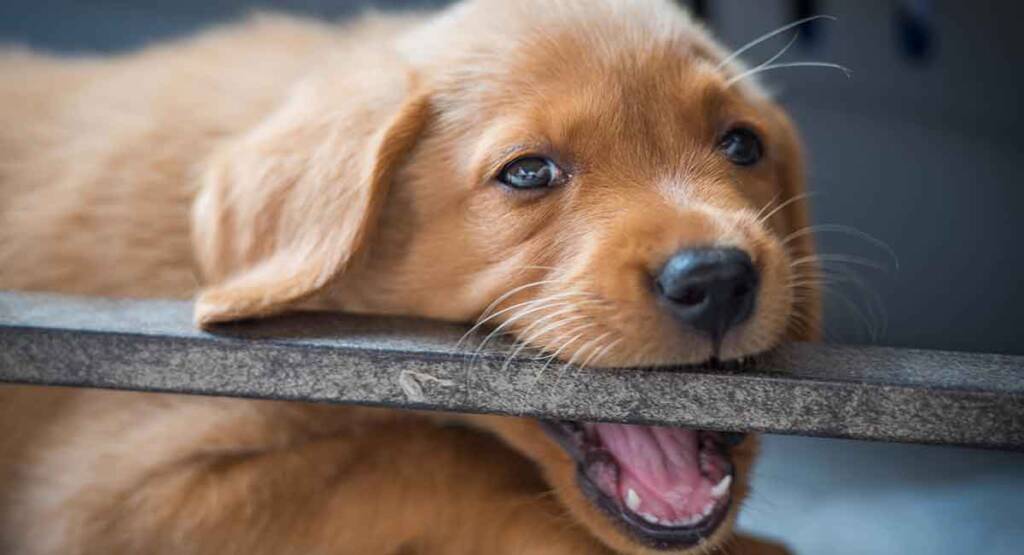Signs of a healthy Labrador: If you are considering getting a Labrador as a pet, you might be wondering if your dog is healthy. Taking your Labrador to the vet is the best way to know if they are healthy, but some signs can let you know if your labrador is healthy between your veterinarian appointments. Here are the top 11 signs that should alert you to your Labrador’s health.
11 signs of a healthy Labrador:
Sign 1: A clean, shiny coat
It is normal for dogs to shed and produce natural oils regularly. These oils give the fur a shiny and clean appearance.
When your dog is healthy, he or she does not require as much bathing as you might think if they are clean. When your dog is dirty, that’s the only time he or she needs a bath. In extreme cases, bathing your dog too much can cause their skin to become irritated, resulting in a dull-looking coat.
If your Labrador starts scratching, chewing, or licking their skin, it could be a sign that they are suffering from fleas, bug bites, skin allergies, or skin irritation. To find out what the problem is with your Labrador, make sure to take it to a veterinarian.
Sign 2: A smooth and supple skin texture
Now that you have checked to see if your Labrador has a healthy coat, you can now check to see if their skin is in good shape.
If you touch the skin of your dog, you should notice that it feels supple and smooth. There should be no rashes, growths, or scabs on the skin.
Sign 3: Fresh Breath and Healthy Teeth
The breath of a healthy Labrador should smell rather clean, even though your dog might not have amazingly fresh breath. The teeth should also be rather clean and there should be no tartar build-up on the teeth, as well as pink gums.
When your dog’s mouth smells rotten and/or has tartar buildup, you should take him/her to the veterinarian as soon as possible. You may find that your Labrador has gingivitis, tooth decay, or any number of other problems.
When dogs receive regular dental care, their health can be improved and their lives can be prolonged. In addition to brushing their teeth regularly with dog toothpaste and a toothbrush, you should also have their teeth checked by a veterinarian several times a year.
Sign 4: A lean body weight
It is important that your Labrador, particularly an adult Labrador, has a consistent and lean body weight. The waist of your dog should taper inwards toward the hips and you should not be able to see their rib cage (but you should still be able to feel it).
Many veterinarians are concerned about the obesity problem among their patients. Keeping your Labrador at an ideal weight should be easy if you control their food portions and make sure that he exercises regularly.
Sign 5: Maintain Clean Ears
The Labrador’s ears should be checked to ensure that they are clean and that there is no smell coming from them. There should be no musky or pungent smell, no discharge, and no waxy buildup in the ears of a healthy dog.
Unfortunately, the ears of a dog can get dirty and infected and, as a result, may need to be cleaned. Routinely cleaning the ears of your dog will help you prevent that from happening.
Sign 6: Active and alert
Labradors who are in good health enjoy watching their family members play, watching television, and spending time with them. If you want to spend time with them, they should be eager and jump at the chance to spend time with you.
If you notice changes in the way they behave, it could be a sign that something is wrong with them. There are certain symptoms of health concerns in dogs such as sleeping more, being disengaged, spending more time alone, and so on. I would recommend that you take your Labrador right away to a veterinarian who can determine if anything is wrong with him.
Sign 7: Consistent bowel/bladder movements
Your dog needs to have a routine schedule when it comes to bowel and bladder movements. The presence of irregularities in a report can be an indication that something isn’t right.
It is recommended that dog urine should be transparent yellow and that their excrement should not have any greasy coating, chalky white discoloration, mucus, blood, eggs, worms, etc. There will be a difference in appearance, and if it does, you need to consult a veterinarian as soon as possible.
Sign 8: Nose moist
Having a wet nose on a dog is often thought of as a sign that the dog is healthy. However, it doesn’t need to be extremely wet, it just needs to be moist.
You just need to keep an eye out for cracks or dryness in your nose.
Sign 9: Bright Eyes
It is a sign of a healthy Labrador that the dog’s eyes are bright and loving. Bright eyes are a sign of a healthy Labrador. Your Labrador should not have discharge coming from his eyes and should not be watery either.
Sign 10: Strong Nails
You need to examine and feel your Labrador’s nails to make sure that they are strong and that they are kept trimmed. It does not matter whether they have white nails or black nails.
You must keep an eye out for brittle nails because they can be a sign that your dog is suffering from a serious underlying condition.
Sign 11: A Good Appetite
When dogs are healthy, they can’t wait until mealtime comes, which is a good sign that they are in good health. Dogs who are in good health usually finish their meals within 10 minutes or even sooner.
There are, however, some conditions such as diabetes or hyperthyroidism that can cause your dog to become more hungry than normal. In addition, if your dog feels ill, he or she might not be as hungry as usual. If your Labrador suddenly changes its appetite, you must seek the advice of your veterinarian.
In conclusion
Because our furry friends cannot speak, we need to be on the lookout for signs that signal them to be in good health. It is easy to see that your Labrador puppy is happy and healthy by looking at things like a shiny coat, a healthy mouth, a good appetite, and so on.
How do I know if my Labrador puppy is healthy?
Ensure that the puppy (and any other puppies in the litter, if applicable) does not have any patterns or colors on its fur, e.g. one color on one part of the body and another color on the other. There should be only one color for the puppy’s coat, such as black, chocolate brown, or golden yellow.
Which color Labrador is the healthiest?
We all know the saying that a good horse can’t have a bad colour, but surprisingly few people agree that the same principle applies to labradors. When it comes to choosing the best labrador color, the general rule among the shooting fraternity is that black is best, yellow is acceptable, and chocolate is strictly for show trialing.
Is a silver Lab a purebred?
The American Kennel Club (AKC) recognizes numerous silver Labrador Retrievers as purebred Labrador Retrievers that carry a pedigree. The color silver is neither considered to be a recognized color nor is it allowed in the show ring.
How do you identify good and ill health farm animals?
In general, healthy animals have a good appetite for food and usually like to feed as much as they are satisfied with. In contrast, sick animals do not enjoy eating anything. As soon as you notice that your animal has lost interest in eating, you should feed it again. It is important that you do not assume that it is normal, because this may be a sign that it is about to become ill.


